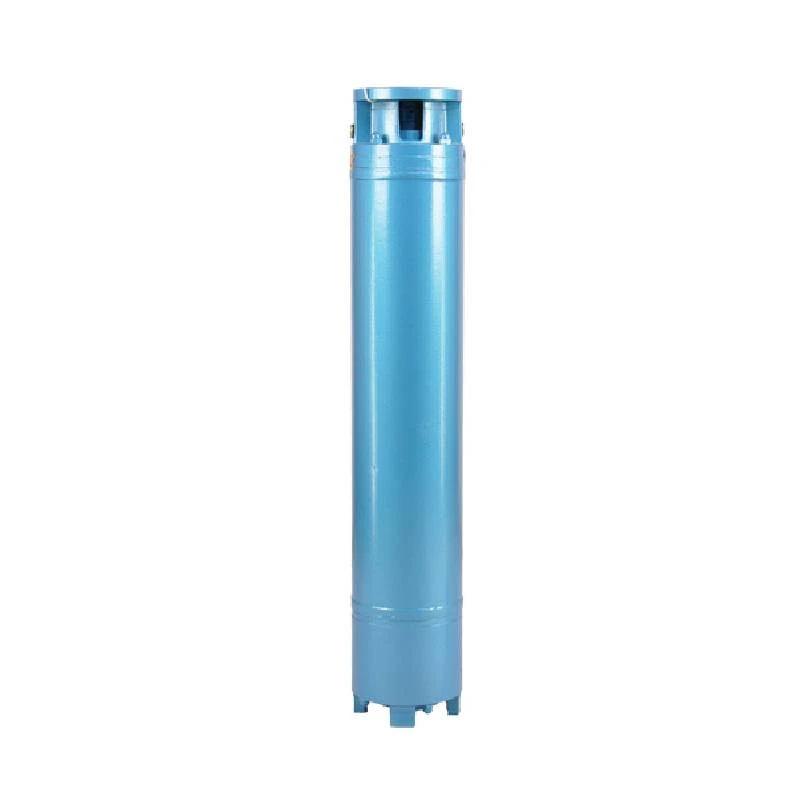Oct . 12, 2024 00:09 Back to list
Exploring the Benefits and Applications of Submersible Pump Technology in Various Industries
Submersible Pumps A Comprehensive Overview
Submersible pumps are a vital component in a variety of industries and applications, providing an efficient solution for transporting fluids from one location to another. As the name suggests, these pumps are designed to be submerged underwater, making them ideal for tasks that require the pumping of liquids from deep wells, boreholes, and other fluid-heavy environments. This article will delve into the mechanics, applications, advantages, and considerations surrounding submersible pumps.
How Submersible Pumps Work
Submersible pumps are built to operate while fully submerged in the liquid they are pumping. They consist of a hermetically sealed motor that is coupled with a pump body, preventing any leakage of fluids that could damage the motor. The motor drives a set of impellers that create pressure within the pump, allowing it to move fluids upwards and out of the submerged environment.
Typically, submersible pumps are designed for vertical installations, making them highly efficient in moving liquids from depths unreachable by surface pumps. The operation of submersible pumps can be attributed to principles of fluid dynamics, where pressure differences created by the impellers facilitate fluid movement through the pump and into the discharge pipe.
Applications of Submersible Pumps
Submersible pumps have a wide range of applications across various sectors
1. Water Supply and Irrigation These pumps are commonly used in agriculture for irrigation purposes. They effectively draw water from underground aquifers and wells, ensuring a steady supply for crops.
2. Wastewater Management In municipal and industrial settings, submersible pumps are essential for managing wastewater. They can handle liquid waste containing solids, making them suitable for sewage treatment plants and stormwater management systems.
3. Mining In the mining industry, submersible pumps are crucial for dewatering mining pits and preventing flood risks, allowing for ongoing operations.
4. Construction Projects During excavation, groundwater can pose significant challenges. Submersible pumps help eliminate excess water, facilitating structural foundations and other construction activities.
Advantages of Submersible Pumps
submersible pumps

The advantages of using submersible pumps include
- Efficiency By operating underwater, submersible pumps are more efficient at creating a suction effect, which allows for a higher flow rate compared to surface pumps.
- Space-Saving Design These pumps occupy less space since they are installed below the surface of the water, making them ideal for situations where space is limited.
- Reduced Noise Submersible pumps operate quietly since the motor is submerged under water, minimizing noise pollution in residential or sensitive environments.
- Versatility With various configurations and sizes, submersible pumps can be tailored to meet specific application requirements, making them suitable for diverse industrial needs.
Considerations When Choosing Submersible Pumps
When selecting a submersible pump, several factors should be considered to ensure optimal performance and longevity
1. Fluid Characteristics Understanding the type of fluid being pumped (e.g., clean water, sewage, chemicals) is vital in choosing the right pump materials and design.
2. Depth and Head Requirements Assessing the depth at which the pump will operate and the height to which the fluid needs to be lifted helps in selecting a pump with adequate power and performance specifications.
3. Power Source Submersible pumps can operate on electrical or hydraulic power. The choice may depend on the location and availability of power sources.
4. Maintenance and Serviceability Select pumps that are easy to maintain, as regular checks can prolong the life of the equipment and ensure reliable performance.
Conclusion
Submersible pumps play a crucial role in modern fluid management, offering efficient solutions for various applications across industries. Their ability to operate underwater and their versatility make them indispensable in tasks ranging from agriculture to wastewater management. When choosing a submersible pump, careful consideration of the project requirements and fluid characteristics will help ensure that the selected pump will perform effectively and endure long-term use. Investing in a quality submersible pump not only improves operational efficiency but also contributes to the sustainability of resources in our increasingly water-dependent society.
-
Submersible Water Pump: The Efficient 'Power Pioneer' of the Underwater World
NewsJul.01,2025
-
Submersible Pond Pump: The Hidden Guardian of Water Landscape Ecology
NewsJul.01,2025
-
Stainless Well Pump: A Reliable and Durable Pumping Main Force
NewsJul.01,2025
-
Stainless Steel Submersible Pump: An Efficient and Versatile Tool for Underwater Operations
NewsJul.01,2025
-
Deep Well Submersible Pump: An Efficient 'Sucker' of Groundwater Sources
NewsJul.01,2025
-
Deep Water Well Pump: An Efficient 'Sucker' of Groundwater Sources
NewsJul.01,2025
-
 Submersible Water Pump: The Efficient 'Power Pioneer' of the Underwater WorldIn the field of hydraulic equipment, the Submersible Water Pump has become the core equipment for underwater operations and water resource transportation due to its unique design and excellent performance.Detail
Submersible Water Pump: The Efficient 'Power Pioneer' of the Underwater WorldIn the field of hydraulic equipment, the Submersible Water Pump has become the core equipment for underwater operations and water resource transportation due to its unique design and excellent performance.Detail -
 Submersible Pond Pump: The Hidden Guardian of Water Landscape EcologyIn courtyard landscapes, ecological ponds, and even small-scale water conservancy projects, there is a silent yet indispensable equipment - the Submersible Pond Pump.Detail
Submersible Pond Pump: The Hidden Guardian of Water Landscape EcologyIn courtyard landscapes, ecological ponds, and even small-scale water conservancy projects, there is a silent yet indispensable equipment - the Submersible Pond Pump.Detail -
 Stainless Well Pump: A Reliable and Durable Pumping Main ForceIn the field of water resource transportation, Stainless Well Pump has become the core equipment for various pumping scenarios with its excellent performance and reliable quality.Detail
Stainless Well Pump: A Reliable and Durable Pumping Main ForceIn the field of water resource transportation, Stainless Well Pump has become the core equipment for various pumping scenarios with its excellent performance and reliable quality.Detail
